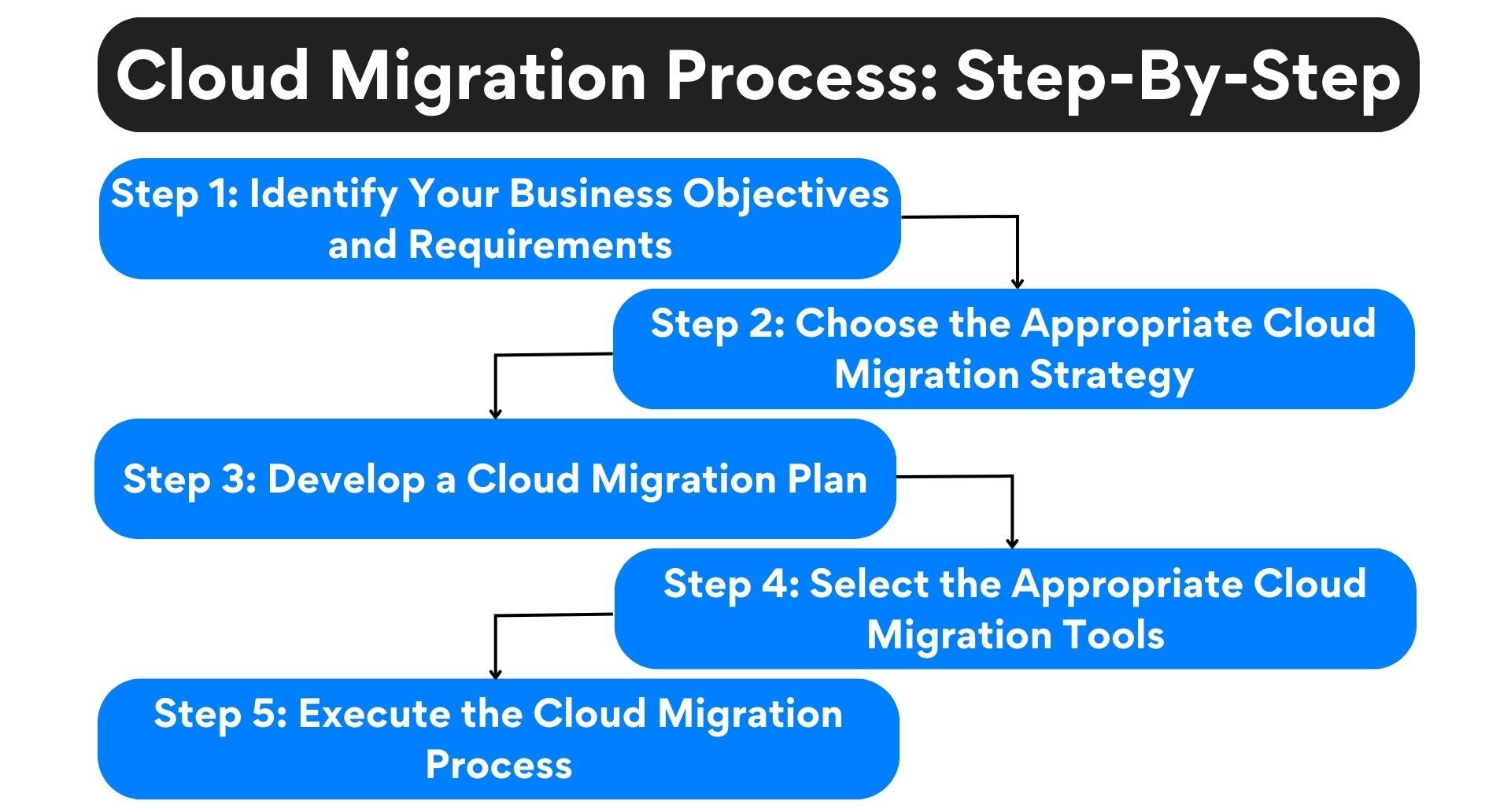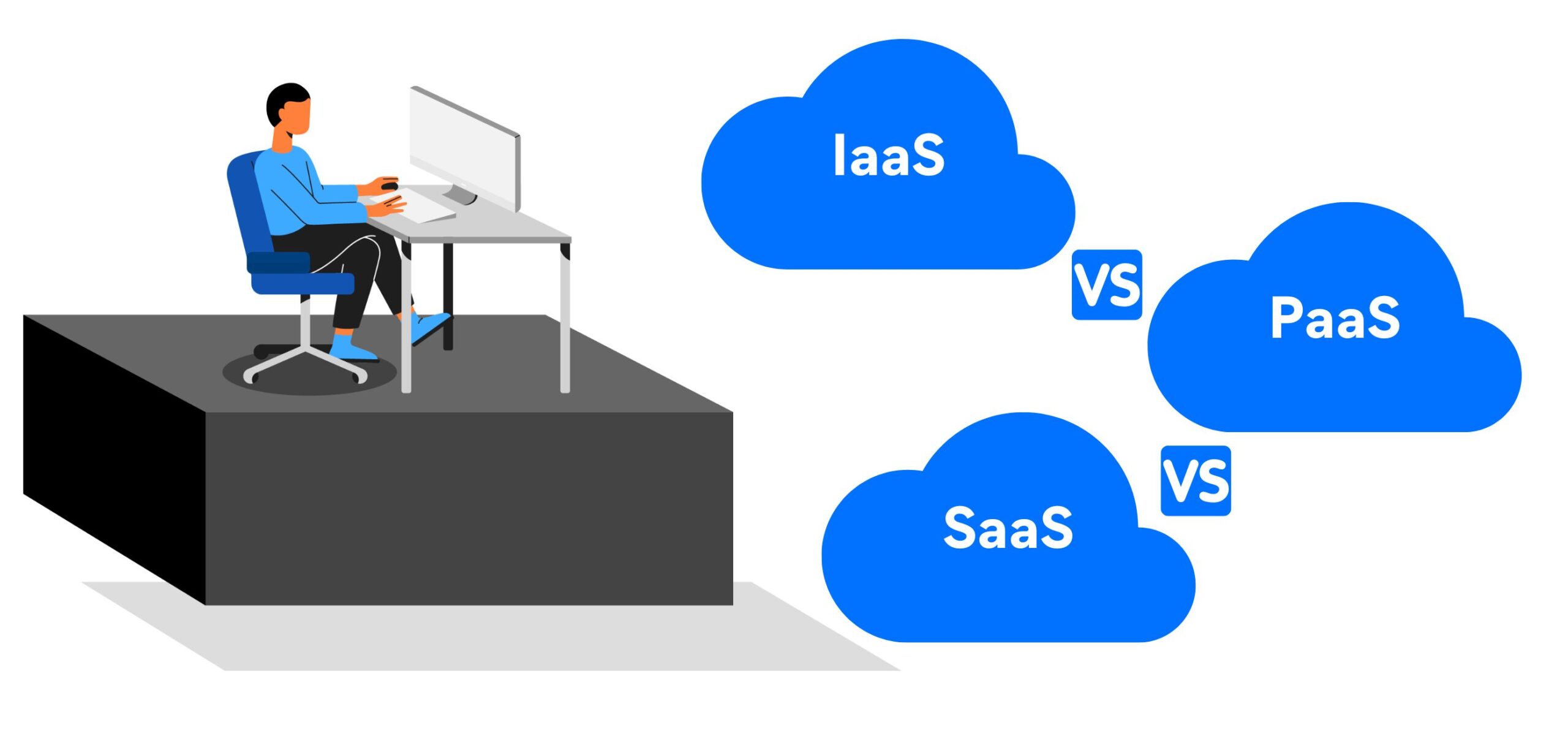Navigating the Cloud Migration Process: A Step-by-Step Guide to Successful Cloud Adoption
What is the cloud migration process all about? Well, as businesses grow and evolve, they require a robust and flexible IT infrastructure that can adapt to changing needs and scale with the business. This is where the cloud emerges as a game-changer. The cloud is a cutting-edge technology that enables businesses to access computing resources over the internet, such as processing power, storage, and applications, on-demand and from anywhere in the world. It offers immense value to businesses of all sizes, from startups to large enterprises.
One of the significant benefits of cloud is flexibility. It offers businesses the scalability they need, providing resources when required, and allowing businesses to scale back when not needed. Another crucial advantage is cost savings. It eliminates the need for large upfront capital investments in infrastructure and equipment and instead allows businesses to pay for tailor-made services on a usage-based model.
Migrating applications and workloads to the cloud, however, requires careful planning and execution. Businesses can choose from various cloud migration approaches, such as rehosting, re-platforming, refactoring, or rebuilding, depending on their unique needs and goals. Rehosting involves moving existing applications to the cloud with little to no modification while re-platforming requires upgrading the applications to run on a new cloud platform. Refactoring involves developing cloud-native applications designed to take full advantage of cloud services while rebuilding involves creating entirely new cloud-based applications.
Even though the actual cloud migration process can be extremely daunting, with numerous factors to consider, such as selecting the appropriate tools, developing a future-proof strategy, and determining the appropriate types for optimum efficacy—it can bring profitable benefits with proper planning and execution. In this article, we will look into a tried and tested step-by-step guide to successful cloud adoption, including the benefits and pitfalls of the entire process.
Cloud Migration Process: Step-By-Step

Cloud Migration Process Step-By-Step
Cloud adoption is becoming increasingly important for businesses seeking scalability, flexibility, and cost efficiency. By following these steps, organizations can navigate the complexities of cloud migration and maximize the benefits of the cloud for their operations.
Step 1: Identify Your Business Objectives and Requirements
The first step in your migration cloud strategy is a definite no-brainer — it fundamentally involves evaluating your current infrastructure and determining what aspects of your IT environment are suitable for cloud migration. You must also identify any compliance requirements, such as data privacy regulations and industry-specific standards, that must be considered during the cloud migration process. By identifying your business objectives and requirements, you can then select the appropriate cloud migration tools and develop a strategy that aligns with your business goals.
Step 2: Choose the Appropriate Cloud Migration Strategy
The next step in the cloud migration process is to choose the appropriate cloud migration strategy. There are several types of cloud migration, including lift and shift, re-platforming, and refactoring. Lift and shift involve moving applications and data to the cloud without making significant changes. Re-platforming involves making some modifications to applications and data to make them compatible with the cloud environment. Refactoring involves completely redesigning applications and data to take advantage of cloud-specific features and capabilities. Each of these strategies has its benefits and pitfalls, so it is essential to select the appropriate one for your organization’s specific needs.
Step 3: Develop a Cloud Migration Plan
Once you have gotten over steps 1 and 2, next up is to develop a cloud migration plan. This involves developing a timeline for the cloud migration process, identifying any potential risks or challenges, and developing a comprehensive plan for mitigating them. The plan should also include data migration to the cloud and application migration to the cloud, as well as testing and validation of the cloud environment to ensure that it is suitable for production.
Step 4: Select the Appropriate Cloud Migration Tools
Another crucial step in the process is selecting the appropriate cloud migration tools. These tools can help organizations identify the appropriate cloud migration strategy, migrate data and applications to the cloud, and manage the cloud environment once the migration is complete. Some popular and widely used tools include Amazon Web Services (AWS) Migration Hub, Microsoft Azure Migrate, and Google Cloud Migrate for Compute Engine. However, it is essential to evaluate each tool’s capabilities and limitations to select the one most appropriate and easily manageable for you and your team.
Step 5: Execute the Cloud Migration Process
Finally, the major step in the cloud migration process that requires your team’s intense focus is to execute the actual migration plan. This involves the substantial process of migrating data and applications to the cloud, testing and validating the cloud environment, and ensuring that the environment is suitable for production. During the cloud migration process, it is essential to monitor the cloud environment and identify any issues that arise. By addressing issues promptly, organizations can ensure that the entire process is successful and that all the elements are optimized for their specific needs and functions.
Benefits of Cloud Migration
One of the primary benefits of implementing the cloud migration process is increased scalability, allowing organizations to easily adjust their infrastructure to meet changing demands. For example, a retail company can easily scale up its cloud infrastructure during the holiday season to handle increased website traffic and then scale it down afterward to save costs.
Cloud migration can also improve data security and disaster recovery, as cloud providers typically offer robust data protection and backup solutions. With the extensive resources and expertise to implement and maintain robust security measures, cloud providers can ensure that sensitive data migration to the cloud and applications are protected from potential threats. For example, a healthcare provider can leverage cloud security features to protect patient information and comply with regulatory requirements at the same time — being able to focus on daily operations and worrying less about whether or not the data is safely tucked away from unauthorized third-party applications.
The cloud migration process also offers significant cost savings by reducing capital expenditures on hardware and software. By leveraging cloud infrastructure and services, organizations can shift to an operational expenditure model, paying only for the resources they use. For example, a startup company can save costs by leveraging cloud infrastructure rather than investing in expensive on-premise infrastructure.
Moreover, most often than not, the cloud migration process results in improved accessibility and collaboration. Cloud-based tools and applications can be accessed from anywhere, allowing employees to work remotely and collaborate seamlessly. For example, a global organization can leverage cloud-based tools to allow employees from different locations to collaborate on projects in real time — now that’s teamwork!
Pitfalls of Cloud Migration
While there are many benefits to the cloud migration process, there are also some potential pitfalls that organizations must be aware of. One of the main concerns would be the potential for vendor lock-in. This occurs when organizations become reliant on a particular cloud provider and find it challenging to switch to another provider due to the cost and effort involved. Another potential pitfall is the lack of control over the cloud environment, as organizations must rely on the cloud provider to manage the infrastructure and ensure uptime and reliability.
Another disadvantage is that the actual process can also be complex and time-consuming, with potential disruptions to business operations. If not executed correctly, application migration to the cloud can result in data loss, security breaches, and reduced productivity. Therefore, it is essential to plan the cloud migration process carefully, select the appropriate cloud migration tools, and engage experienced cloud migration specialists to make sure that all the crucial steps of the process are completely successful.
In conclusion, cloud migration is an essential process for organizations seeking to improve efficiency, scalability, and cost savings. Organizations can successfully navigate the cloud migration process and optimize their cloud environment by following a step-by-step guide and taking into account the benefits and pitfalls to ensure the highest ROI and project success.
Tell us the skills you need and we'll find the best developer for you in days, not weeks.












